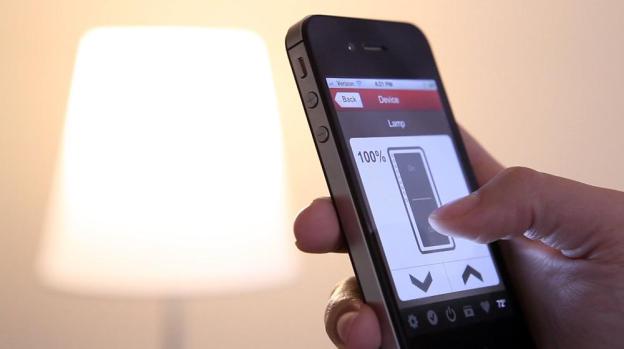
Launched this week by a home automation company called Insteon, a new type of LED light bulb will allow consumers to alter the level of light in the room with a couple taps on a smartphone application. This is the first time any company has attempted to include remote control hardware within the actual light bulb. Consumers interested in installing home automation devices previously had to purchase a plug-in lamp module controlled by a keypad or other device in order turn lights on and off. With the networking hardware, the bulb can communicate with Insteon controllers in the home as well as laptops, tablets and smartphones.

When the bulb is connected for the first time, the unique network address assigned to the bulb is recognized by the Insteon network automatically. If a user wants to move the bulb to another location, they don’t have to run any type of syncing process when the bulb is screwed into a new lamp or light fixture.
According to Insteon, the bulb consumes eight watts of power, but offers the equivalent lighting of a 60W to 100W incandescent bulb. More expensive than a standard incandescent bulb, Insteon is pricing the LED bulb at $29.99. While Insteon doesn’t indicate how long the bulb will last, an average LED bulb typically has a fifteen to twenty year lifespan when the bulb is used a specific amount of time each day. For instance, this 9-watt, $30 GE LED bulb is rated at 25,000 hours and may last up to 22 years when the bulb is used an average of three hours a day.


